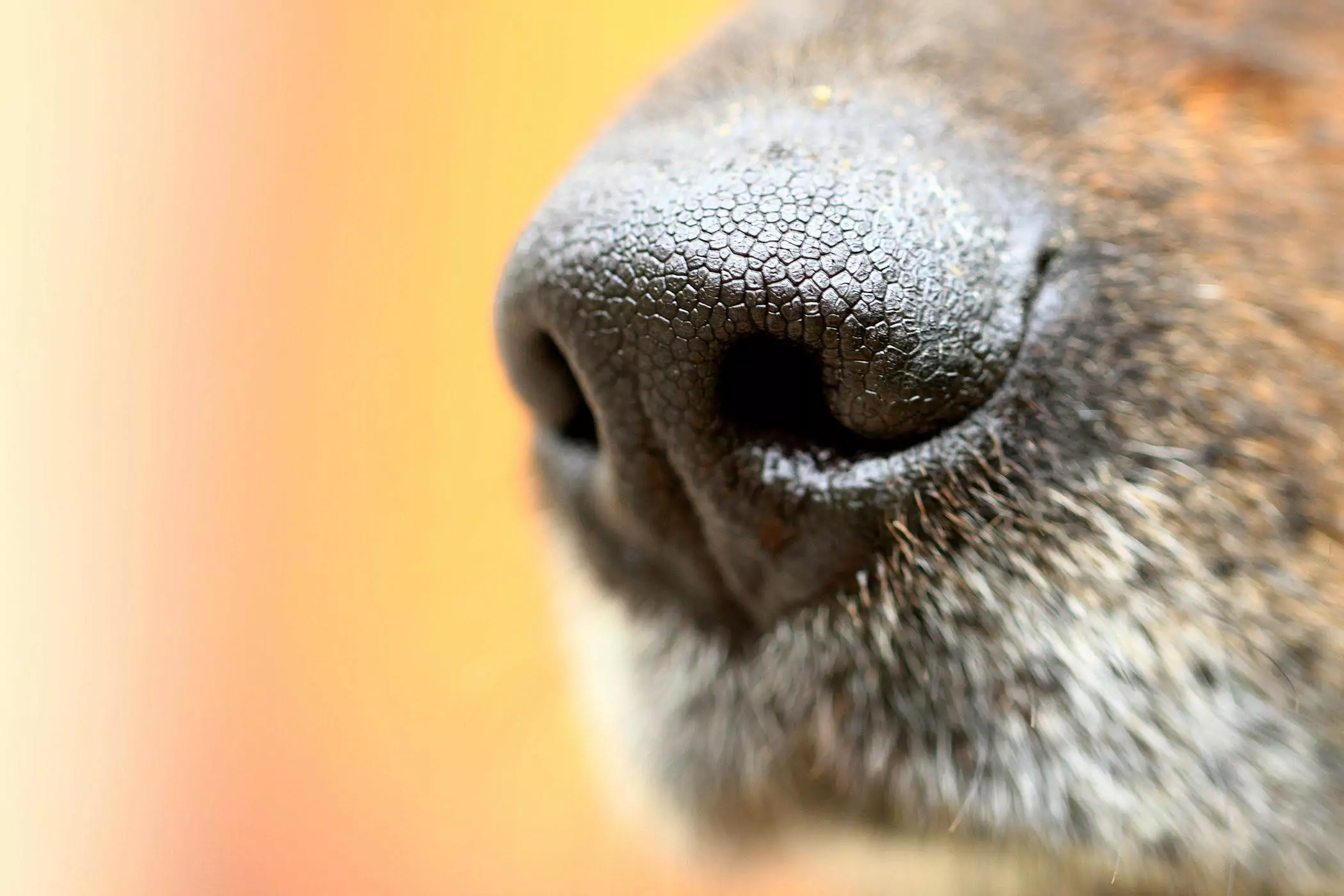Can dogs catch a cold? Cold and Flu Symptoms in Dogs
2022-07-07
Fall and winter are just creeping up on us. For us humans, as the temperature drops, we add more and more clothes. But dogs are a different story, relying on their coats to fight the heat and cold all year round!
But even if the dog has a thicker coat to resist the cold, in the event of a sudden drop in temperature, a little care will still catch a cold. Unlike us, humans, the cold to the pharmacy to buy a little cold flush, anti-inflammatory drugs, or anti a good, serious a shot is only a couple of hundred things.
However, most pet owners are not easy to find when their dog has a cold. Because the dog does not speak, the physical discomfort will not be too obvious, resulting in the owner found when it is already more serious. Dogs have a cold, the owner is mostly helpless, and some pet owners do not understand the dog disease indiscriminately feeding medicine, which led to the dog's condition aggravated!
So, what are the symptoms of a dog with a cold? How to treat? How to take care of your dog during a cold? The first thing you need to do is to get a good idea of what you are getting into.
I. Symptoms of a dog's cold
The so-called cold, that is, the "upper respiratory tract infection" based on acute systemic diseases, such as pharyngitis, laryngitis, bronchitis, pneumonia, etc., are mostly viral, not very dangerous, and not fatal. But the dog cold, with uncertainty, some symptoms may be the complications of other diseases, and many are caused by infectious diseases. Therefore, when a dog suffers from a cold, the owner should pay attention to it and send the dog to the hospital in time for treatment if it is serious.
Clinically, it is characterized by a runny nose, lacrimation, sneezing, conjunctivitis, rhinitis, increased respiratory rate, and fever. Colds are most common in puppies and have a high incidence during the season of climate change. The sudden cold weather, the pet owner did not do a good job in time for the dog's cold measures, thus causing it to cold, so that the body resistance to decline, especially the upper respiratory tract mucous membrane defense function is reduced, the respiratory tract is often stored in a large number of bacteria, resulting in the occurrence of the disease. In addition, long-distance transportation, overwork, rain, and poor nutrition can promote the occurrence of this disease.
1. Runny nose
A normal healthy dog will not have a snotty nose. So when your dog has a runny nose, it's a good indication that he probably has a cold. At the beginning of the cold, the dog's nose is clear and the nose is moist.
However, if the snot turns yellow-green and the nose is dry, the dog has a bad cold or even a fever! It may also be pneumonia or canine distemper and needs to be sent to the hospital for treatment.
2. Poor spirits, decreased appetite
As with people, dogs will not have spirit after illness, not as lively and active as normal, the whole day seems depressed. Accordingly, appetite will also be reduced, probably because of oral or throat discomfort caused. The dog's sense of smell is also significantly reduced when he has a cold, so he may not be able to smell the fragrant food even if it is placed in front of him.
It is important to note that when a dog refuses to eat directly, it means that it is seriously ill and should be taken to the hospital for treatment.
3. conjunctiva flushed, tearing
If your dog's conjunctiva is red and watery, he is likely in a feverish state. Of course, red eyes are also a sign of canine distemper. When your dog appears like this, take him to the hospital for a laboratory test to confirm the diagnosis and treatment in time.
4. Coughing
Coughing itself is not a disease, but a manifestation of the respiratory tract in response to various irritations. That is when a dog coughs, there is a problem with its respiratory tract, perhaps dry and itchy, or perhaps there is a "foreign body" in the throat, or what we call phlegm.
When a dog has a cough, the pet owner needs to take it seriously, and if left untreated it is likely to be complicated by other diseases such as bronchitis and bronchitis.
5. Fever
The normal body temperature of dogs is 37.5-38.5 degrees, puppies will be a little higher, but if the dog's temperature exceeds 39.5 degrees, it means it has a fever. To accurately measure his temperature, you can use a mercury thermometer inserted into the dog's anus for 1-2 minutes.

II. How to treat a cold
When a dog is found to have a cold, the best way to deal with it should be to send the dog to the doctor first, to clarify the dog's illness and to find out the cause so that the right medicine can be prescribed. Remember one thing, you can't blindly use a medicine, and you can't just feed the medicine that adults eat.
This is because the body specificity, tolerance, and individual differences, the effects and consequences will be different. Pets taking human medications are likely to produce side effects and even poisoning, even for people, who sometimes take cold medications.
Once the dog is diagnosed with a cold, the pet owner should immediately give it good warmth measures. If the dog is still in good spirits and has a normal appetite, you can observe the dog for 2-3 days and let the dog use its autoimmunity to overcome the disease.
If the dog does not improve, or if the dog is not in good spirits and has a poor appetite or even a rising temperature, the pet owner must start medication for the dog. When the dog is depressed and fasting, the owner needs to take the dog to the hospital for injection or infusion.
Treatment steps
1. early, you can give your dog some children's anti-cold medicine, such as pediatric flush, cold granules, etc., but pay attention to the dosage of children!
It is best to use the special cold and fever medicine for pets: pet cough spirit, specifically for dogs with colds caused by cough, runny nose, fever, and other symptoms, clearing heat and detoxifying anti-bacteria, can help dogs recover as soon as possible.
2. When a dog has a cough, it is also necessary to use medication according to the situation, there is no need to use phlegm-eliminating drugs when there is no phlegm. When there is no pet medication at home, pediatric cough syrup can be used, again in controlled portions. Of course, conditions permitting, it is safer to choose pet-specific medicine.
3. When the dog is in a feverish state, the owner should hurry to send the dog to the doctor, otherwise a delay is likely to hurt the dog's life. In the process of sending the dog to the doctor, you can use an alcohol wipe on the dog's foot pads, stomach, and ears, and use an ice pack on the dog's belly, 1 minute after picking it up, and then put it back on after a while, and do it repeatedly.
If there is no alcohol at home available in tap water instead, use water with a lower temperature to rub it as much as possible on the skin, but be careful not to wet the dog all over.
4. When the dog has a more serious cold, the appropriate use of antimicrobial agents to prevent complications, you can use a pediatric head gun, the dosage according to the weight of the kilogram, not too much.
The dog's diet is normal and can be mixed with the food or water it loves to eat. If it doesn't work, force-feed the medicine, use a syringe without a needle to suck up the medicine, and push it in by pressing the dog's tongue. If it is a pill, pinch its mouth and blow into the nostrils, the dog will swallow it on its own.
III. How pet owners care
The process of the onset of a dog's cold is generally a week to two weeks, during which time not only should the dog be given reasonable medication, but in terms of care, the owner should also pay more attention so that the dog can recover better.
1. Pay attention to keeping warm
The common cold in dogs is mostly caused by cold, so when a dog has a cold, it must do a good job of keeping it warm. Prepare a blanket or a warm nest for it to sleep. Don't let it sleep directly on the floor, and don't let it sleep in the place where the wind passes.
2. Hydrate
Dogs with fever and cold processes will consume body water, so the owner must give it more water during this period. And, it is best to warm water.
3. Proper supplementation of nutrition
Dogs have a poor appetite for the flu, but they must also take in a certain amount of nutrition to help their bodies recover better. In addition to dog food, the owner can feed the dog some lean meat porridge, fruits and vegetables, and nutritional cream.
4. Keep quiet, pay attention to quiet recuperation
As with people, when a dog is sick, it must be allowed to get sufficient rest, to help the body repair itself. During the dog's illness, the TV and vacuum cleaner at home can be reduced.
In addition, during the dog's illness, you can reduce or simply do not go out, so that it is at home to get well.
Although the cold is a small problem, it is not easy to treat completely and can cause other complications if delayed for too long. So when a dog has a cold, owners need to pay more attention.
In addition, instead of taking good care of the dog when it has a cold, the best thing to do is to start with cold prevention. Prevention of colds mainly from the strengthening of the dog's physical fitness to do, usually to ensure that the dog nutrition and adequate outdoor exercise, vaccinations and deworming should also be done regularly, cold days to do a good job for the dog cold measures, rainy days do not take the dog out to play, pay attention not to let the dog get wet.
The environment in the home should be kept clean and ventilated, the confined environment is likely to cause respiratory discomfort. For weaker dogs, reduce the amount of time you take your dog outside during the high incidence of viruses.
Finally, during a dog's illness, just like a child, the most dependent on the owner. So, the owner must give it more thoughtful care, so it will be very grateful to you and love you more.
Was this article helpful to you?
Other links in this article
Comments

Why is my dog throwing up?

Why does my dog keep coughing?

How many months is a dog pregnant? Signs and Phenomena of Dog Pregnancy
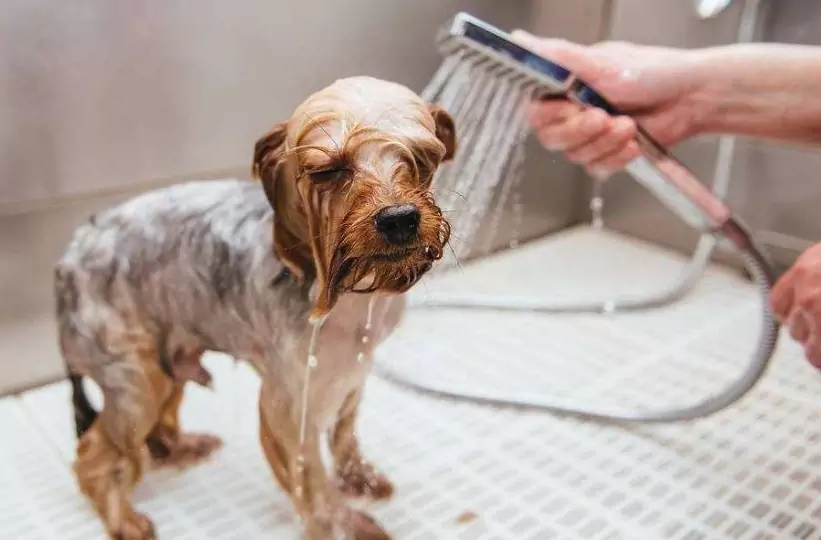
How do dogs grow fleas? Ways to get rid of fleas on dogs

Can dogs get diabetes?
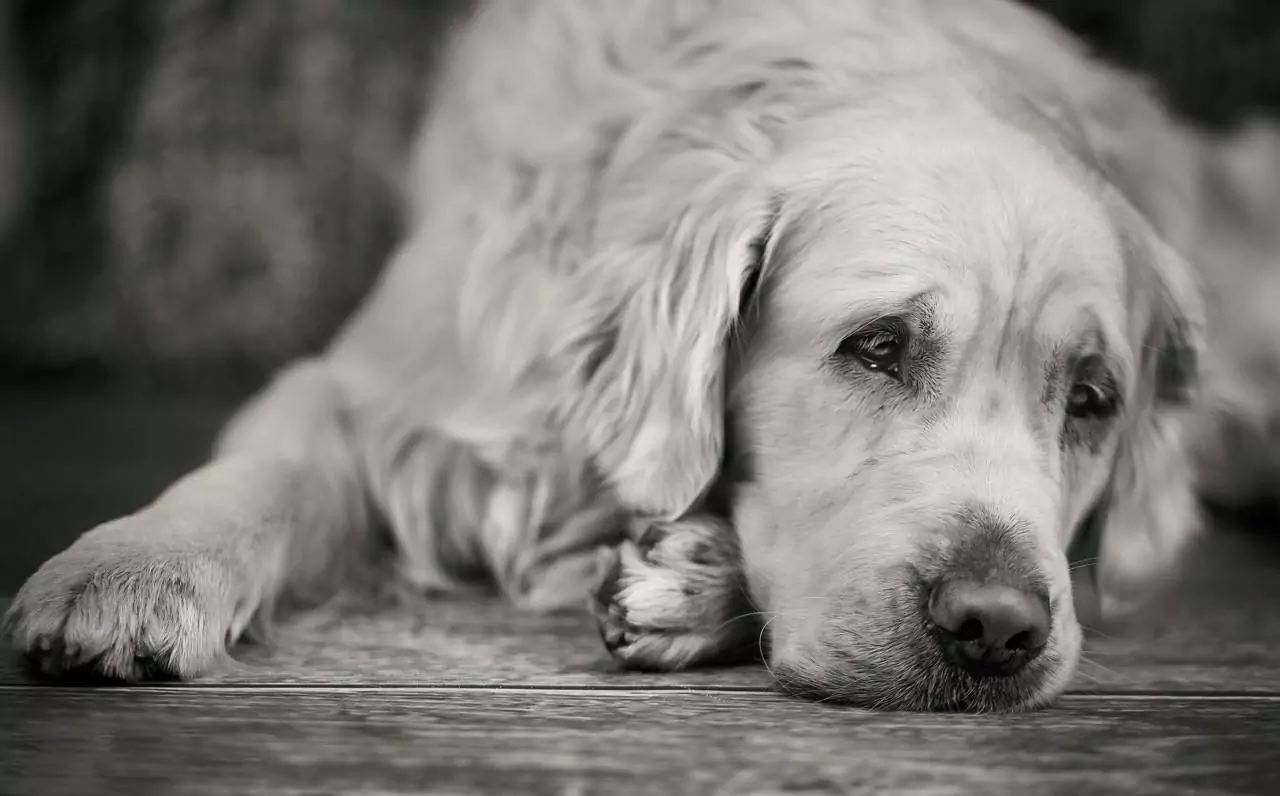
Can dogs be depressed?
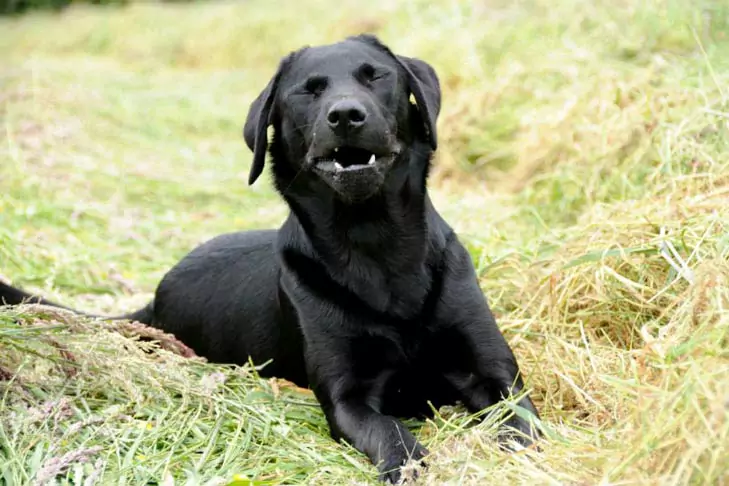
Why does my dog keep sneezing? Causes of Sneezing in Dogs

Can dogs catch a cold? Cold and Flu Symptoms in Dogs
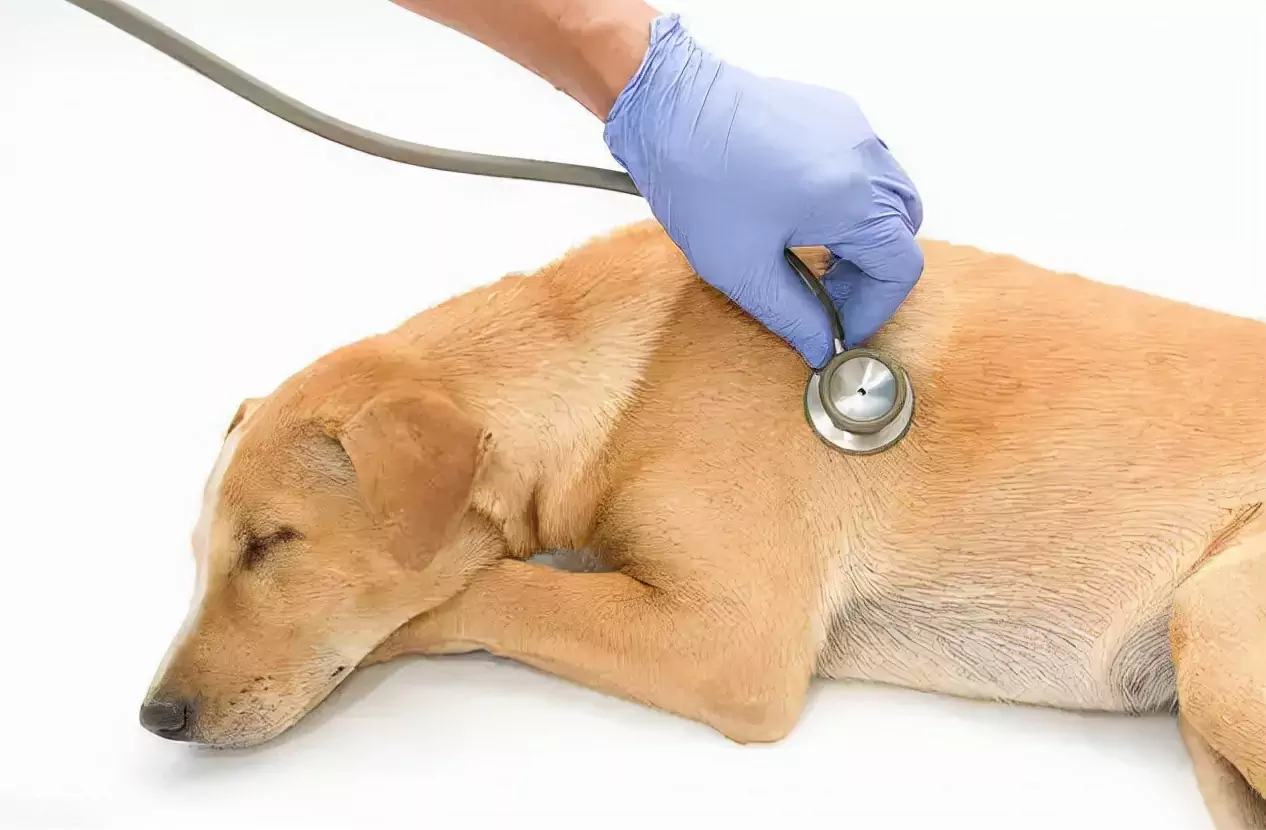
What causes heart disease in dogs

Can dogs get urinary tract infections?





